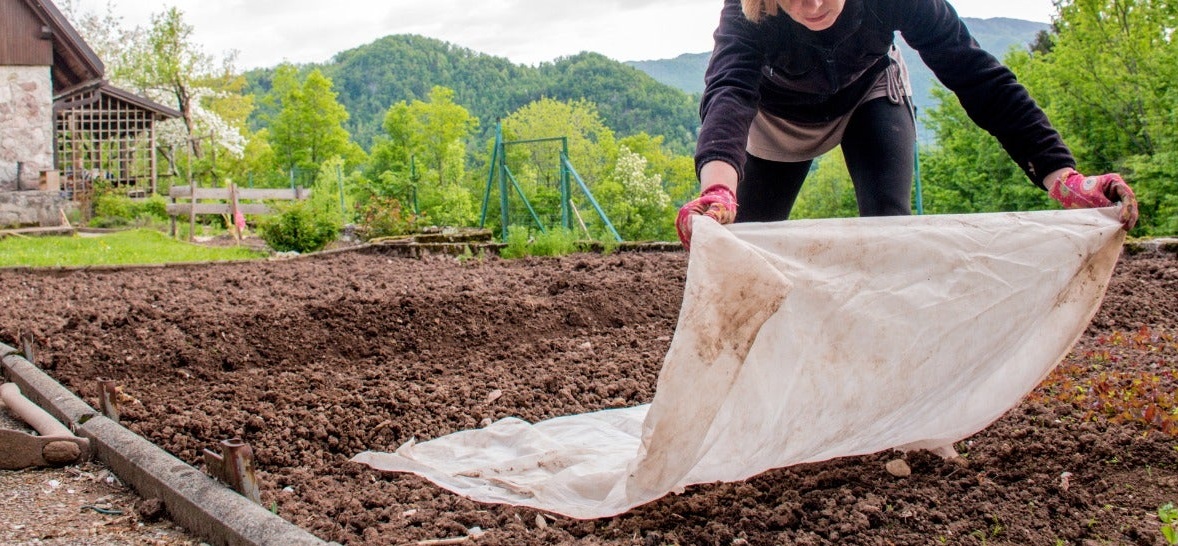With summer giving way to cooler temperatures and the vibrant hues of autumn on the horizon, it’s time to focus on some weather-sensitive yard tasks for the month. This ensures that your property remains in excellent condition not just this year but in the future too.
Fall’s brisk mornings mark a transition in seasons and the conclusion of the growing season in many regions across the country. If you’re in an area prone to frost, this season provides an ideal opportunity to tackle essential gardening chores before snow and frost interfere with your plans and potentially harm your plants.
The specific date of the first frost varies by your growing zone, so if you can spare some time this weekend, consider venturing outdoors to address these time-sensitive tasks. They are designed to safeguard frost-sensitive plants and tools.
Bring in container plants
As autumn ushers in cooler days, it’s time to consider the fate of your container plants. Most of them won’t withstand the chill on your porch. Before bringing perennials indoors, ensure they are free of pests and diseases to avoid endangering your houseplants. Find a suitable spot near a window for your perennials where they can bask in the right amount of light.
Certain plants enter a dormant phase during winter. Store them in your garage or basement until the next growing season, and they should reawaken come spring. While some container plants can brave the outdoors, make sure they are cold-hardy to a zone lower than your own; containers tend to get colder than the solid ground. When in doubt, it’s safest to bring them indoors.

Clear out the summer vegetable garden
While your summer vegetable garden may have transformed into a tangle of withered bean vines and dried tomato stalks, your backyard farming responsibilities are far from finished! Leaving these remnants in place can attract garden pests that might jeopardize next year’s crop. To prevent this, clear them out. If these remnants are free from disease and pests, consider composting them; otherwise, it’s best to dispose of them in the trash.

Plant new trees and shrubs
The early days of fall provide the ideal window for planting new trees and shrubs. With the scorching summer heat behind us and winter on the horizon, this period allows the plant’s roots to establish themselves before the ground freezes. To maintain moisture, add a layer of wood chips or organic mulch around the base of the new tree. Don’t forget to water as necessary, especially when rainfall is insufficient. Before planting, consult local sources for guidance on timing and the average date of the first frost in your area.

Get rid of weeds
As you tidy up your vegetable garden or any garden bed, don’t forget to address any lingering weeds. Autumn presents a unique opportunity to combat these unwelcome plants, as certain types of weeds are more vulnerable to herbicides during this season compared to spring. Take advantage of this susceptibility by applying a post-emergent herbicide to treat existing weeds.
Additionally, consider using a pre-emergent herbicide, which will hinder the growth of new weeds. By eradicating weeds before winter arrives, you’ll establish the groundwork for a healthier, less weed-infested lawn and garden come spring.

Bundle up tender plants
Particular plants, like azaleas and rhododendrons, tend to be quite sensitive to overnight frosts and can benefit greatly from freeze protection. Enhance their insulation and moisture retention by applying a layer of mulch around the base of these delicate plants.
To bolster a plant’s cold resistance, it’s essential to ensure they are adequately hydrated. Regular watering is key, with a gradual reduction in frequency as temperatures drop. For extra protection, consider wrapping some plants in burlap or another insulating material until they enter their winter dormancy phase. If you’re uncertain about which plants in your garden are prone to frost damage, it’s a good idea to consult with a local nursery or master gardeners for guidance.
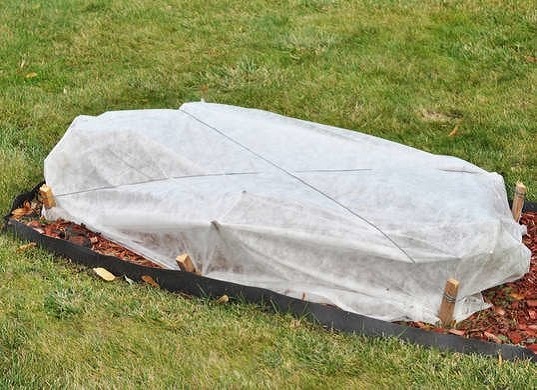
Fertilize your lawn
Feeding your lawn just before it enters its winter dormancy phase may appear counterintuitive, but it’s a beneficial practice. A fall application of fertilizer can offer protection to your lawn during the cold winter months and promote a healthier appearance when spring arrives. Opt for a nitrogen-rich fertilizer specifically designed for fall feeding, such as Jonathan Green’s Winter Survival fertilizer. Apply a thin and even layer across the entire lawn a few weeks before the ground freezes to reap the benefits.

Deadhead and collect seeds
At this point, you may notice that many of your cherished annuals and perennials have likely gone to seed. While you’re busy deadheading and trimming away dead growth, take the opportunity to collect and store seeds from your favorite plants. However, for certain plants like coneflowers, it’s worth leaving the seeds where they are since they can serve as a source of winter sustenance for backyard birds. Allowing seeds to remain on some native flowers also encourages the plants to self-seed in the vicinity come the following spring.
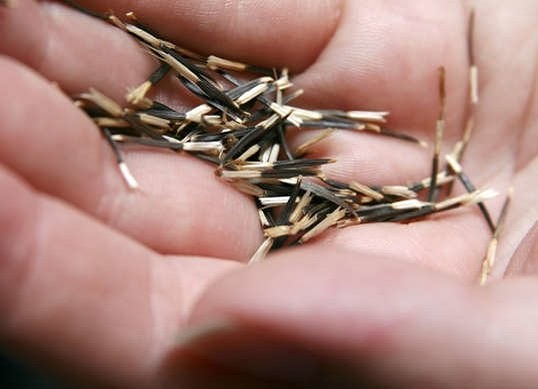
Apply mulch
As the cold weather encroaches on your garden, there’s no way to prevent it entirely. However, you can take steps to shield your plants from the harsh exposure by generously applying mulch. Mulch serves as a protective blanket for the root systems of susceptible plants, bolstering their health and resilience, and enhancing the likelihood of your perennials enduring the winter. Moreover, incorporating organic mulches into your garden beds gradually enriches the soil, offering long-term benefits.
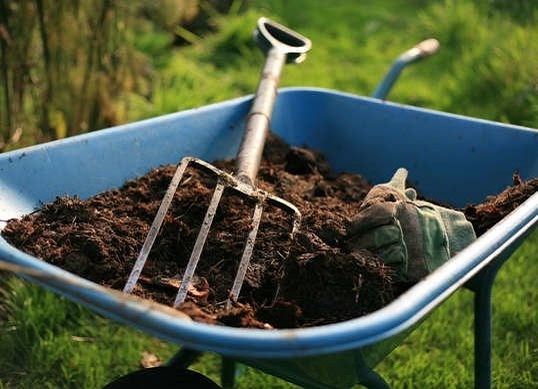
Drain the water lines
Failing to properly prepare your sprinkler system, garden hoses, and outdoor faucets for freezing temperatures can result in permanent damage. To prevent this, ensure you drain and turn off these systems before the cold sets in. Store your hoses in a sheltered location like the shed, garage, or basement until spring. Additionally, think about safeguarding outdoor faucets by using foam pipe insulators or foam faucet covers for an extra layer of protection against freezing.
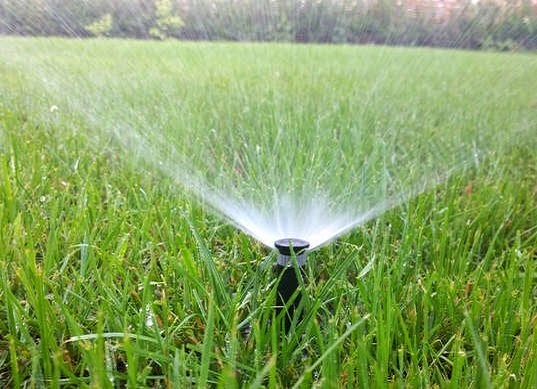
Cover cool-season crops at night
For cool-season crops like carrots, radishes, and greens, protecting them from the chilly nights is essential. Cover them overnight with an old sheet or floating row cover. During the day, ensure you remove the cover to allow the sun to warm the soil, and then cover the plants again as dusk approaches.
Be cautious not to let the cover touch the plants. You can use leftover PVC pipes, stakes, or small tomato cages to hold the cover above the plants while ensuring it touches the ground on all sides. Alternatively, consider purchasing garden hoops designed for row covers, such as a six-pack from AXNG, for added convenience and protection.
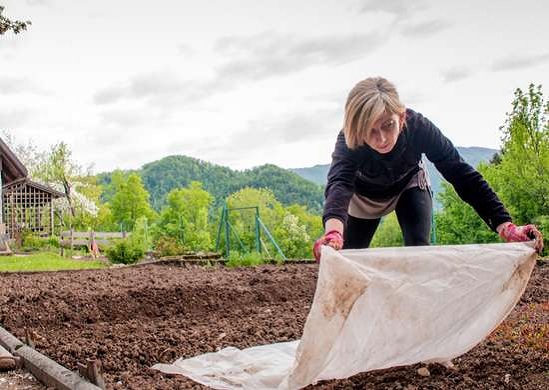
Harvest herbs and vegetables and bring them inside
Prolong the life of your delicious produce, even in the face of an early frost. Harvest basil and place the stems in a mason jar or another glass filled with water for use in various dishes. Alternatively, create a small batch of pesto to freeze for later use. If you have green tomatoes, consider picking them to use for frying or allowing them to ripen further in a sunny spot in your kitchen. Additionally, you can preserve and share your bountiful harvest with the help of proper preserving and pressure canning techniques.

Plant spring-blooming bulbs
Enhance the vibrancy of your spring garden by planting spring-blooming bulbs during the fall. These bulbs require the cold of winter to prepare for their beautiful spring display, quietly developing beneath the soil and snow as you enjoy the warmth indoors.
Ensure that the selected bulbs are suitable for your climate and consider options like daffodils, crocus, hyacinths, or the striking alliums to add a burst of color to your early spring garden. If you’re having trouble choosing, you can conveniently fill a vacant spot in your landscape with a diverse assortment like the one offered by Willard & May.
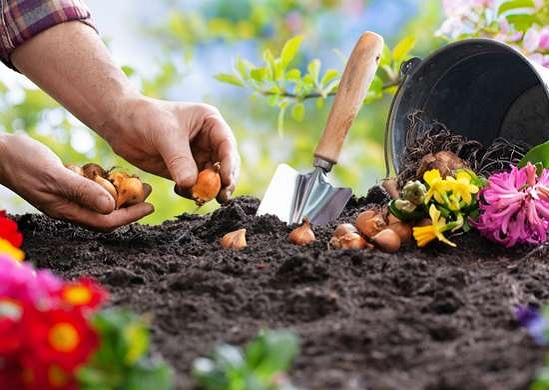
Drain rain barrels
Collecting rainwater is an environmentally responsible approach to watering your plants, particularly those in containers. If you possess a rain barrel, it’s important to empty it and secure it before the initial deep freeze.
The freezing and thawing of water inside can lead to cracks, depending on your climate and the barrel’s location (north or south side of your house). If feasible, consider relocating your barrel indoors to a shed or garage, providing additional protection against both damaging sunlight and dry winter air.

Clean plant pots and containers
Fall is the perfect time to prepare your terracotta pots for the upcoming spring planting season. Cleaning them now ensures they’ll be ready for new flowers without any hassle. Emptying and storing containers during the colder months helps protect them from harsh weather conditions.
Cleaning these pots can eliminate salt deposits that might dehydrate your new plants. Additionally, disinfecting the pots helps remove any potential pathogens or pests that could be hiding in the soil from previous plantings. This preparation ensures a fresh start for your garden in the spring.
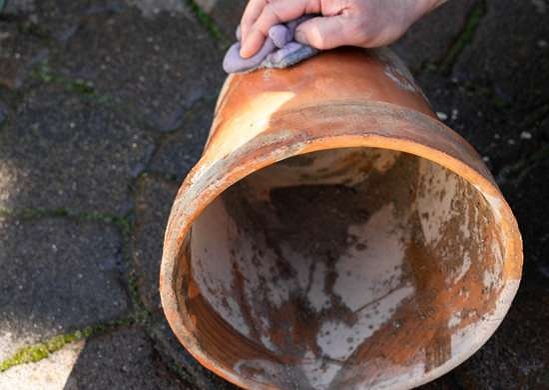
Plan next year’s garden and landscaping
The transition from the growing season to fall can be challenging for plant enthusiasts. However, autumn offers an excellent opportunity to strategize for future projects and plantings. At this moment, your ideas and challenges are still vivid, making it an ideal time for creative problem-solving. Moreover, the cooler temperatures of fall provide a comfortable environment for physically demanding tasks like moving gravel or constructing fences, which can be cumbersome during the heat of summer or the rush of spring gardening. Take advantage of this transitional period to lay the groundwork for upcoming endeavors, whether it’s building a raised bed or installing pavers for a new patio or walkway.

